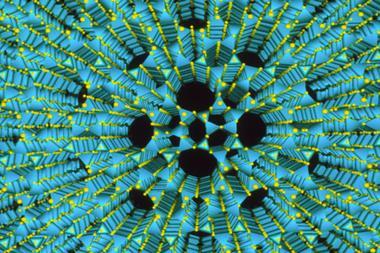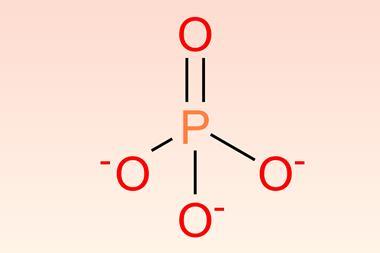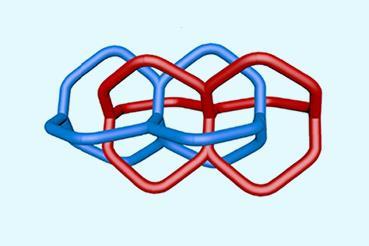Scientists in Japan have developed a nanofibre mesh that can adsorb creatinine from blood with the hope that it can eventually be developed into a wearable blood-cleaning device for patients with kidney failure.

Dialysis works according to the principles of diffusion, but Mitsuhiro Ebara and his team at the National Institute of Materials Science in Ibaraki have taken a different approach and developed a material that cleans blood by adsorption.
Zeolites are adsorbent minerals commonly used in water purification technologies. Different zeolites have different pore sizes meaning they can be used to selectively adsorb specific solutes. Ebara’s group trapped a zeolite into a composite mesh by electrospinning it with the biocompatible polymer, poly(ethylene-co-vinylalcohol) (EVOH), to prevent the zeolite from being released into the bloodstream. They then tested the ability of the composite mesh to adsorb creatinine from solution. The team had worried that the properties of EVOH would disable the adsorption properties of the zeolite, but instead they found the adsorption capacity of the mesh was 67% of the free zeolites.
The greatest challenge was precisely controlling the crystallinity of the polymer-zeolite fibers so that they were both insoluble and hydrophilic, says Ebara. ‘The fibers have to be hydrophilic so that the uremic toxin could access the embedded zeolites, but hydrophilic fibers are not stable in water.’
Ebara’s team calculated that a 16g mesh is enough to remove all the creatinine produced in one day by the human body. They are now designing a wrist-watch sized device that can be connected to the shunt that hemodialysis patients generally have inserted under their skin, as a more accessible and cheap alternative to dialysis treatment.
Thomas Gaborski, a biomedical engineer at the Rochester Institute of Technology in the US is impressed by the work: ‘this straightforward approach could eliminate or reduce the need for the many litres of sterile dialysate used in every hemodialysis treatment.’
The team now plans to target the other uremic toxins involved in kidney disease.
References
This paper is free to access. Download it here:
K Namekawa et al, Biomater. Sci., 2014, DOI: 10.1039/c3bm60263j







No comments yet